Japanese fermented food has captivated chefs, food lovers, and health-conscious individuals around the world. While many are familiar with miso and soy sauce, fewer have explored the deep, local traditions that make fermentation a living part of Japan’s culinary soul. Wakayama, a quiet coastal prefecture in the Kansai region of Japan, is also home to a well-known range of fermented foods.
If you’ve ever wanted to taste the real heart of Japanese cuisine, Wakayama is where that journey begins.
What Makes Japanese Fermented Food Unique?
Fermentation is at the core of Japanese food culture, producing umami-rich flavors that define dishes like miso soup, soy sauce, and tsukemono (pickles). The use of koji mold, time-honored techniques, and regional variations results in an incredible diversity of flavors.
We dive deeper into these fundamentals in another article.
Wakayama: A Hidden Gem for Japanese Fermented Food
Wakayama is located in Japan’s Kansai region, neighboring Osaka to the north. It stretches down the Kii Peninsula, facing the Pacific Ocean. The prefecture is largely rural, with over 80% of its land covered by mountains and forests. These natural features have shaped not only the lifestyle of its people, but also its food culture—especially in how food is preserved and fermented.
Wakayama’s landscape includes a mix of narrow coastal plains and river valleys like the Kii River (紀の川), along with smaller basins around rivers such as the Arida River and Hidaka River. These fertile pockets are ideal for growing rice, soybeans, and other crops essential for fermentation.
The mountainous terrain also historically limited transport and communication with other regions, encouraging locals to develop strong traditions in self-sufficient food practices, including long-term preservation and fermentation.
Yuasa: The Birthplace of Soy Sauce and Kinzanji Miso
One of Wakayama’s most historically rich towns is Yuasa, located along the coast. Originally a rest town for pilgrims walking the Kumano Kodo pilgrimage route, Yuasa evolved into a fermentation hub, thanks to its abundant natural spring water and climate.
Yuasa is recognized as the birthplace of Japanese soy sauce, and also for its invention of Kinzanji miso, a chunky fermented paste filled with vegetables. Wandering through Yuasa, the air is filled with the deep aroma of fermenting soy and barley. This town doesn’t just preserve tradition—it lives it.
Must-Try Fermented Foods in Wakayama
Wakayama is home to some of Japan’s most unique and flavorful fermented delicacies. Below are seven must-try foods that showcase the region’s deep-rooted expertise in fermentation.
1. Yuasa Soy Sauce (湯浅醤油)
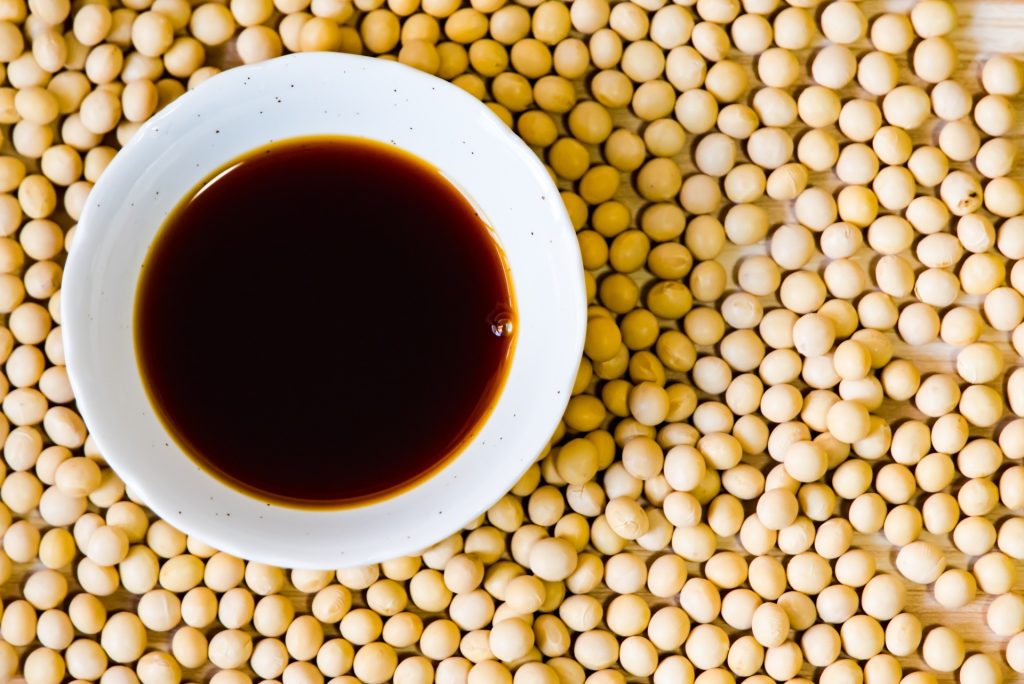
Yuasa is considered the birthplace of Japanese soy sauce. For over 750 years, artisans here have brewed soy sauce using wooden barrels, spring water, and natural fermentation. The result is a deep, round umami flavor that elevates any dish.
There are many different types of soy sauce. Their characteristics are summarized in the following article:
2. Kinzanji Miso (金山寺味噌)
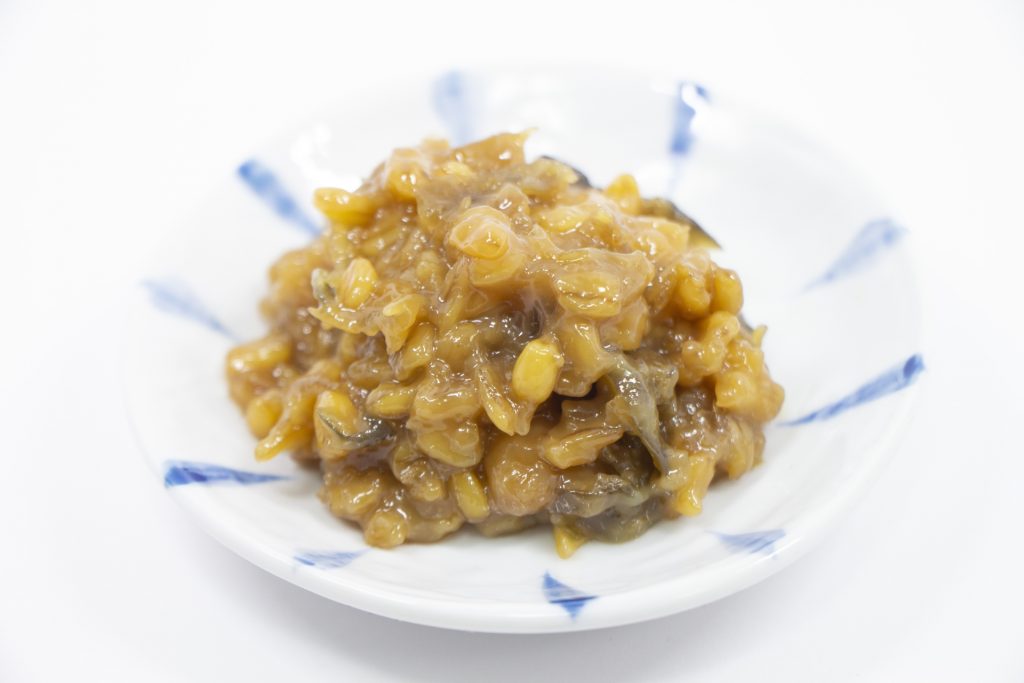
Kinzanji miso is not your average miso paste. Made from barley, soybeans, and various chopped vegetables like eggplant and ginger, it’s not meant for soup—but rather, eaten as-is like a relish.
Originating in temple kitchens, Kinzanji miso is a perfect balance of sweet, salty, and umami. It’s often served with rice or fresh vegetables, and remains a beloved Japanese fermented food unique to Wakayama.
General information about miso is summarized below:
3. Katsuobushi (鰹節 / Fermented Bonito Flakes)
While commonly used across Japan, katsuobushi—fermented and smoked skipjack tuna—is still produced using traditional techniques in Wakayama’s coastal towns.
Katsuobushi is often used in Japanese dashi soup stocks and is an essential ingredient in Japanese food culture, including Ramen, Udon, Soba, and Hotpot.
Learn more in the following article:
4. Narezushi (なれずし)
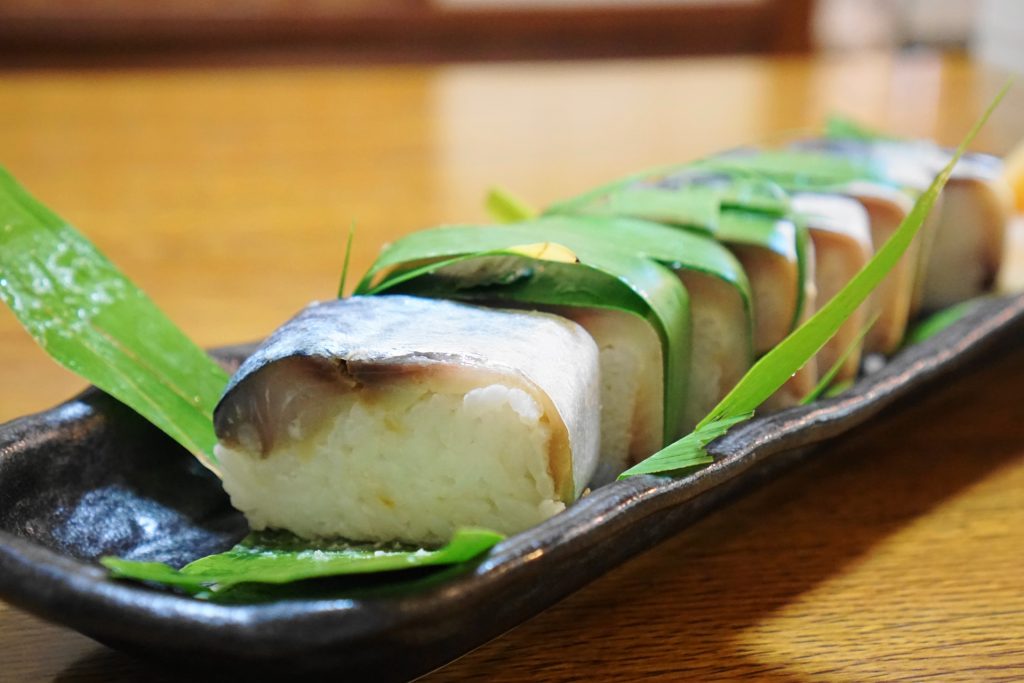
Long before nigiri sushi and rolled sushi appeared, there was “narezushi”, a type of sushi made by soaking fish in rice and salt for months and letting it ferment with lactic acid. Wakayama’s “narezushi” is said to be one of the three great narezushi in Japan, with a history of over 800 years, and “saba narezushi” made with mackerel is a specialty dish.
The mackerel is salted for over a month, then the salt is removed in a day. The rice is salted and cooked, and the mackerel is placed on top of the rice, which is then tightly pressed. The rice is then tightly wrapped in antiseptic leaves and tied with string. This is then packed tightly into a tub, and a weight is placed on top to allow it to soak. After about five days, the distinctive smell of “narezushi” fills the air.
5. Kakisuzu (柿酢 / Persimmon Vinegar)
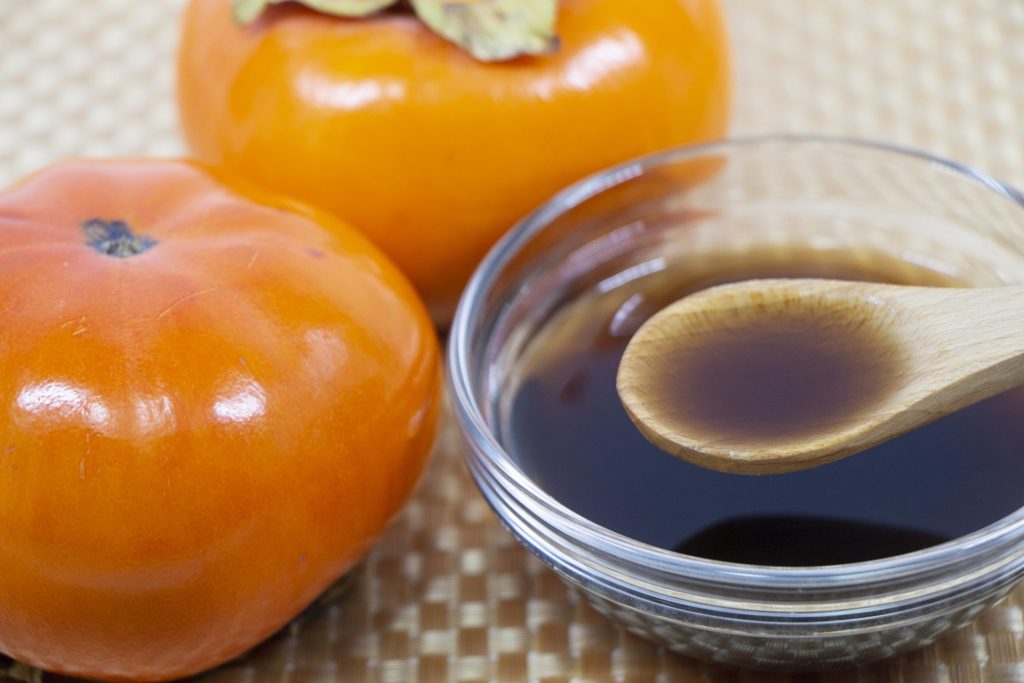
Persimmon vinegar does not necessarily have just one birthplace, but Wakayama Prefecture, a persimmon producing area, produces a rare type of naturally fermented vinegar called “persimmon vinegar.”
Unlike mass-produced vinegar, kakisuzu is made slowly, with wild fermentation and no additives—pure Japanese craft. It has a mellow, fruity aroma and the characteristic sourness of vinegar.
For basic knowledge about Japanese vinegar in general, please see this article:
6. Kinokawa-zuke (紀の川漬)
This pickle, a specialty of the Kinokawa region, is made by salting Kishu daikon radishes without peeling them, then soaking them in a bed of bran (the outer husk of wheat) to create a light, simple flavor. Kinokawa-zuke is often handmade by local families and pairs wonderfully with rice, grilled fish, or sake.
For basic knowledge about pickles, please refer to the following article:
7. Sanma-zushi (さんま寿司)
In southern Wakayama Prefecture, there is sanma sushi (sanma preserved in vinegar and citrus fruits). Some are fermented and some are not, and the fermented ones are a type of “narezushi”.
Summary: Why Wakayama is a Must-Visit for Japanese Fermented Food
Wakayama is more than just a scenic destination—it’s a living museum of Japanese fermented food culture. From soy sauce barrels in Yuasa to the wild-fermented tang of narezushi, every bite tells a story.
If you’re passionate about fermentation, Japan, or deep culinary wisdom, Wakayama is the perfect place to start—or deepen—your journey.
Join the Fermentation Journey: From Wakayama to Your Kitchen
Fermented foods are not just heritage—they’re a bridge. If you’re a culinary professional, food artisan, or fermentation enthusiast abroad, Wakayama offers a unique opportunity to connect with Japan’s living food traditions.
Whether you’re planning a culinary trip to Japan, or want to deepen your knowledge through hands-on experiences, Wakayama welcomes you.
👉 Interested in studying Japanese fermented food on location? Check out our short-term fermentation programs and food tours.サービスの連携
Come taste the knowledge that has been preserved for centuries.
Ready to keep learning?
Join our community of fermentation enthusiasts and culinary explorers.
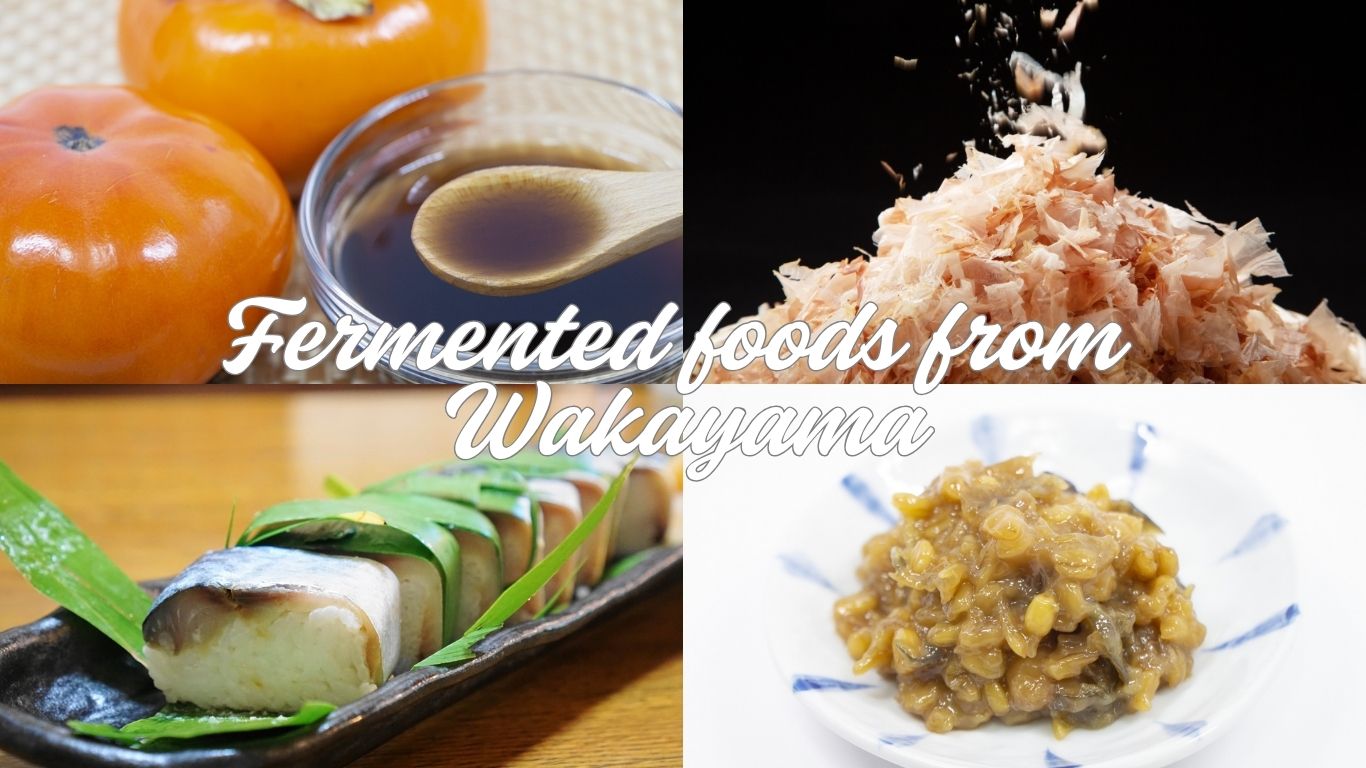
No responses yet